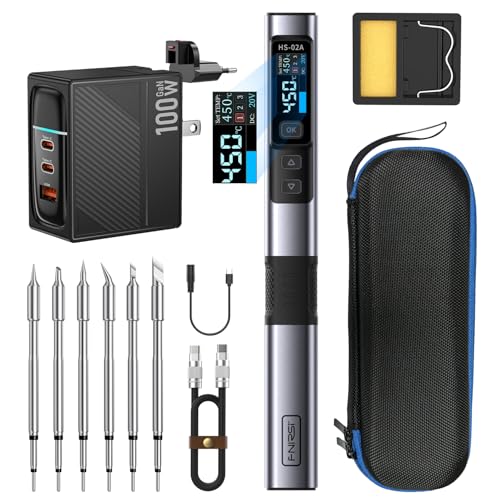ruffrecords
Well-known member
snipCOOL!!! Perhaps you are now on your way to 3D-printing your own versions of the ETTINGER "Threaded Mounting Cubes"!!!
View attachment 141861
And.....in order to help you get started on your way, here is a "10mm M3 Threaded Cube Standoff" as an -- STL -- file:
Any comments? Ideas?? Suggestions???
Thank you very much for doing that. I have no idea if threads work in 3D printed plastic parts. I will print one of yours and let you know. I will try making one in PLA and one in PETG (which is apparently stronger than PLA).
I was wondering if a viable alternative would be to have a plain hole as you suggest but add a hexagonal cavity the shape and depth of an M3 nut on the four faces? I have seen this on the 3 DIN 41612 connectors I use to plug the PCB into the mixer backplane PCB.
Cheers
Ian















































